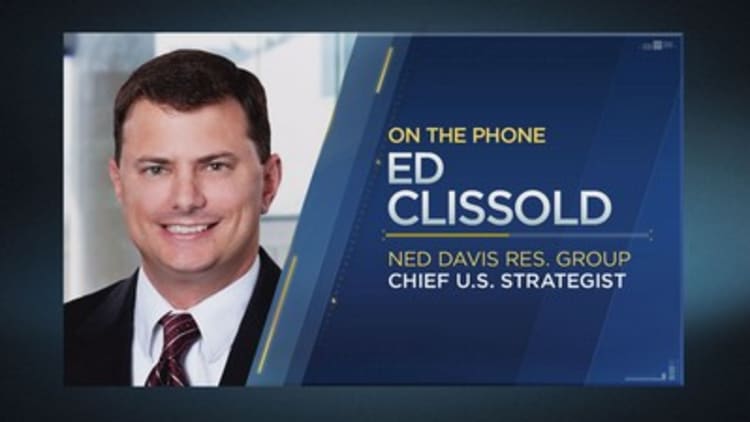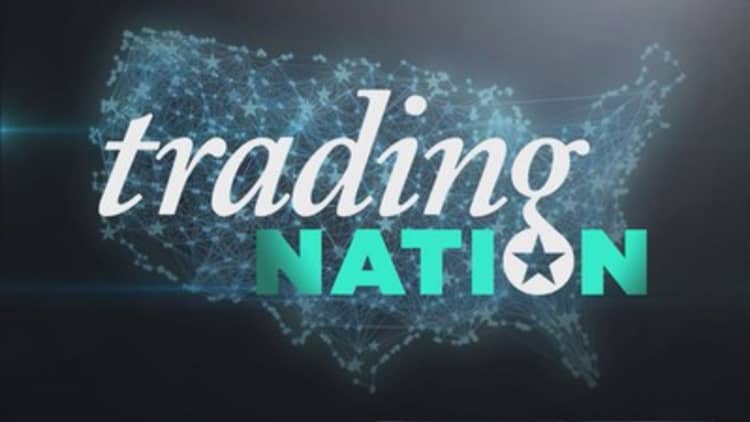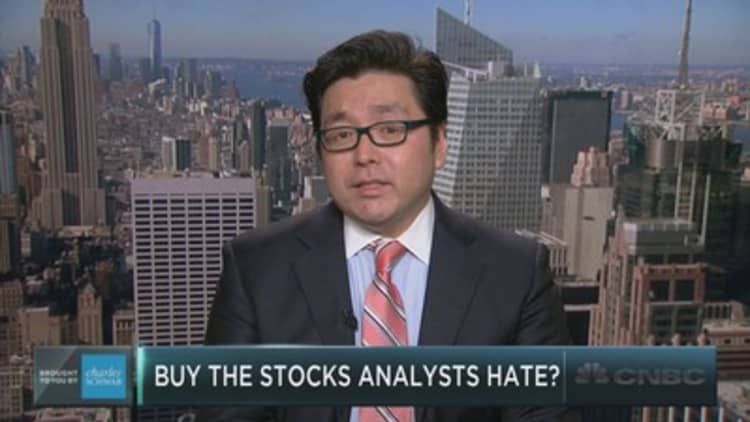


When the Fed takes it slow, stocks can take it easy.
Federal Reserve rate-hiking cycles are generally seen as bad times for the bulls. But according to a seven-decade analysis from Ned Davis Research Group, the market's path greatly depends on the central bank's pace.
The on average has fallen nearly 2 percent in the second year of a "slow" cycle, while gaining 4 percent in the second year of a "fast" cycle, the study found. These periods of "fast" tightening cycles are defined by the Fed raising rates at most Federal Open Market Committee meetings, on average. Conversely, "slow" cycles are defined by the central bank waiting at least one meeting in between most hikes.
Currently we're in the midst of an especially slow cycle of rate rises, notes Ed Clissold, chief U.S. strategist at Ned Davis Research. Meanwhile, the market is currently pacing ahead of historical expectations for the second year of a hiking cycle, as the S&P is up 6 percent year to date.
"There seems to be a big difference in market performance based on how quickly the Fed moves. The last several cycles have been what you'd classify as a fast cycle, where they're raising rates just about every meeting. In fact, over the last cycle, '04 to '06, that's exactly what Greenspan did; one 25-basis-point hike at every meeting for two years. In those cases, the market generally starts to feel it pretty quickly," Clissold said in a Friday interview on CNBC's "Trading Nation."
In other words, the key factor isn't whether the Fed is in the midst of hiking rates, or what the absolute level of the benchmark rate is, but how quickly the central bank is tightening policy.
Last week's rate increase was the third hike announced since 2006; the FOMC announced a rate hike in December 2016 and one December 2015. And, the federal funds rate remains still historically low, in a target range of 0.75 percent to 1 percent.
The current environment is most similar to that of the 1940s and '50s, Clissold said. Of course the economy was very different, Clissold noted. But the slow cycle was quite similar, as the Fed "kept long-term rates low to finance the debt from the war," and the market fared just fine.
Another cycle may be viewed as a sort of "cautionary tale," Clissold said. From 1963 to 1965 the Fed only raised rates three times, and the entire cycle took nearly three years.
"It was good for the market short term, but as we all know, that once we got into the later part of the '60s, the Fed was behind the inflation curve, and the markets struggled for a decade or more," he added.
When it comes to the biggest risks to the market's rally, Clissold said that if the Fed is "forced to move faster than the current plan," the market could see a substantial pullback.
With valuations "already fairly stretched," and the market having already seen a great push higher, the S&P 500 could see 20 to 25 percent of downside if the Fed moves faster than what it has already signaled, he warned.





